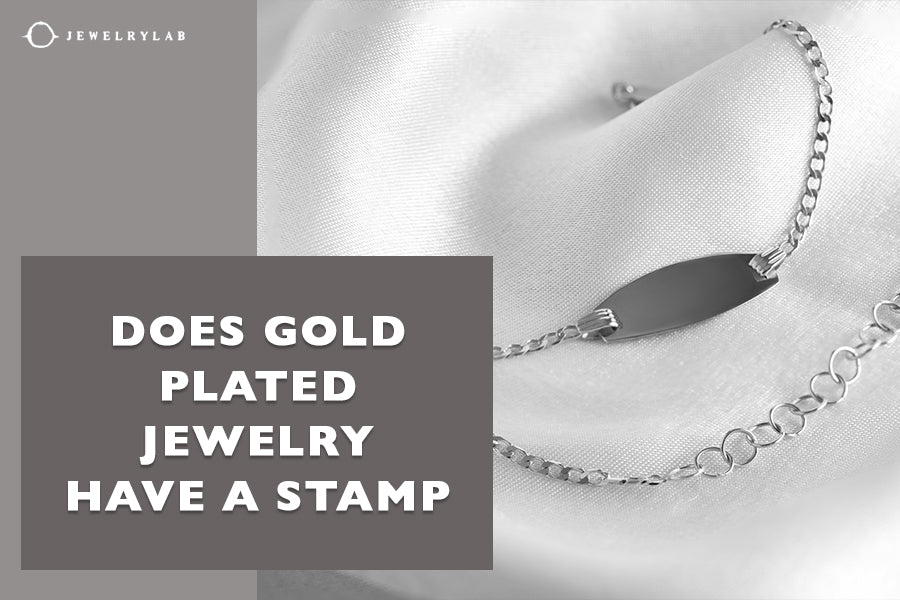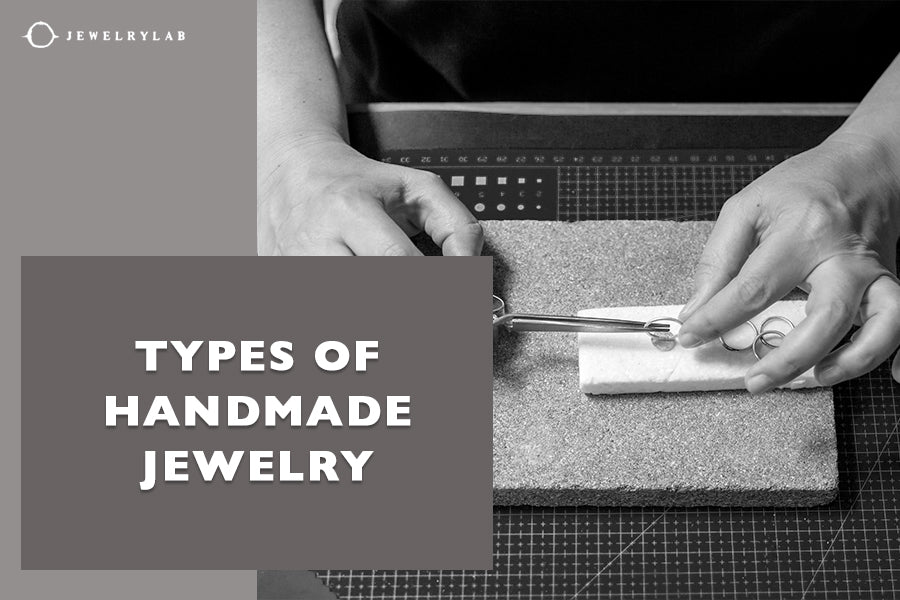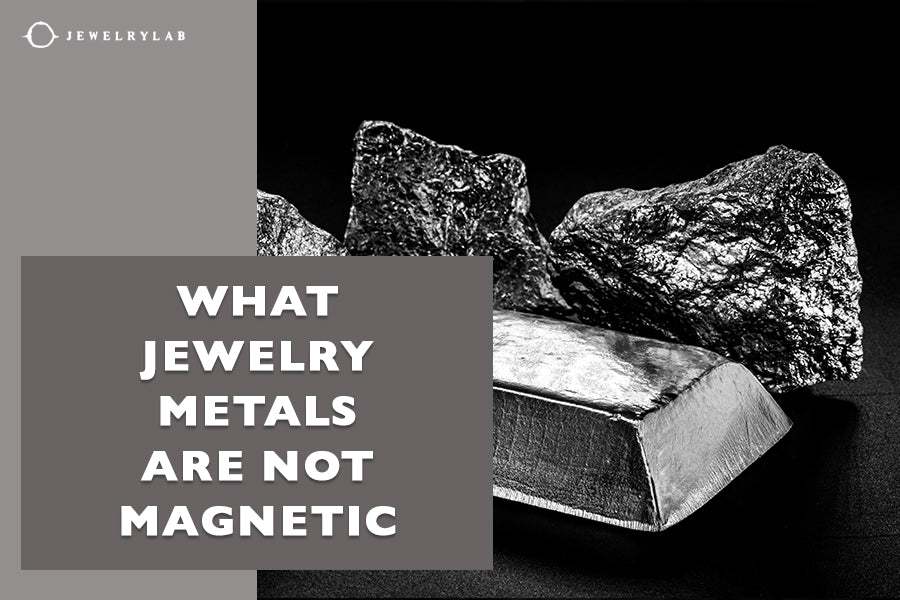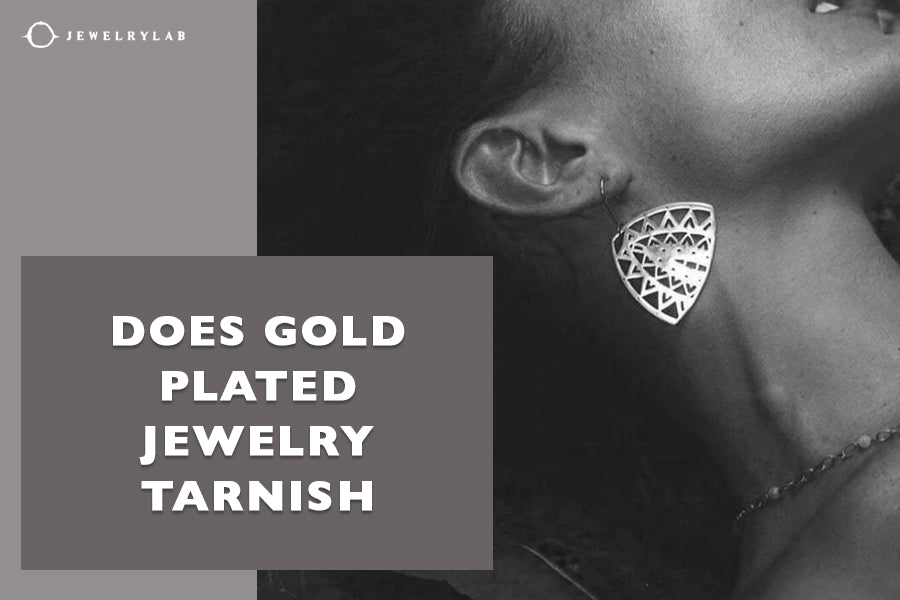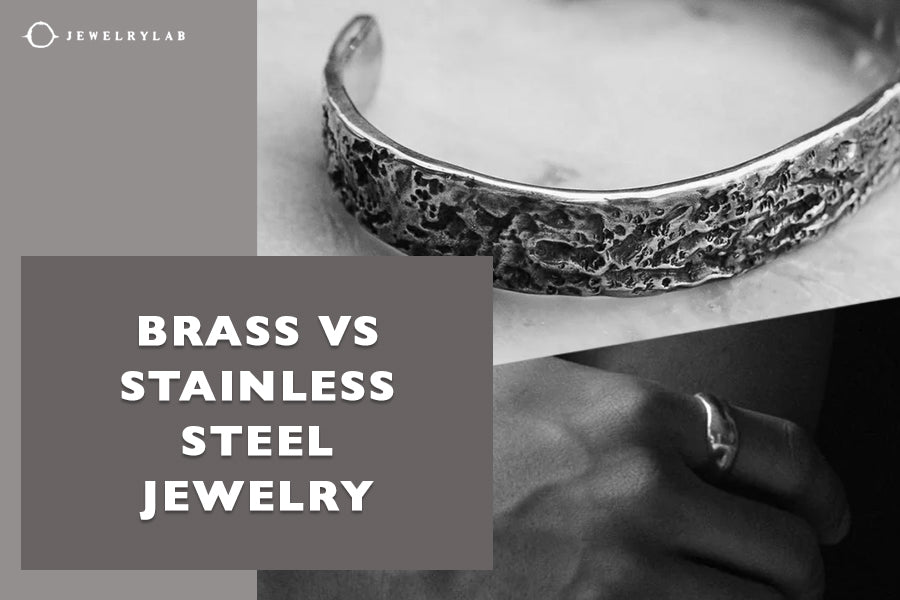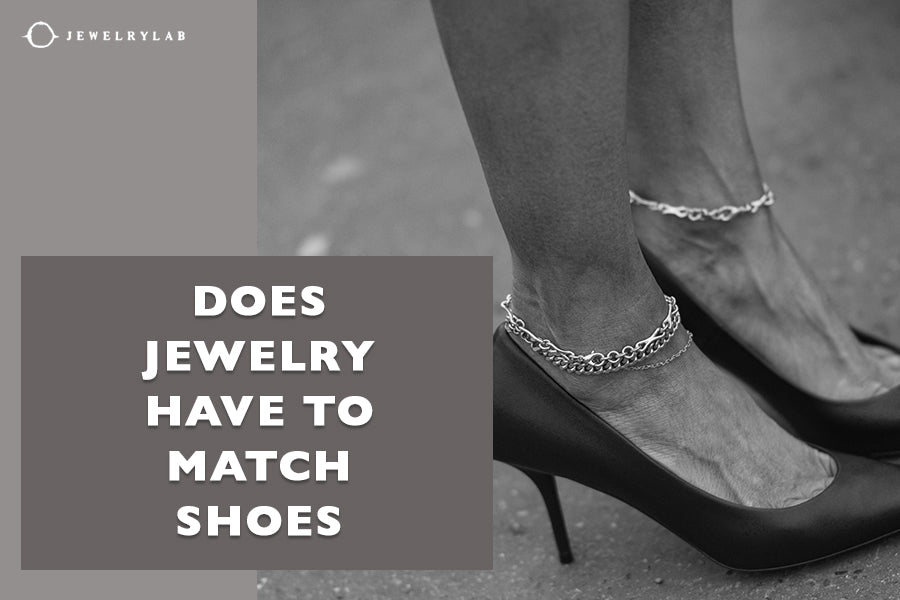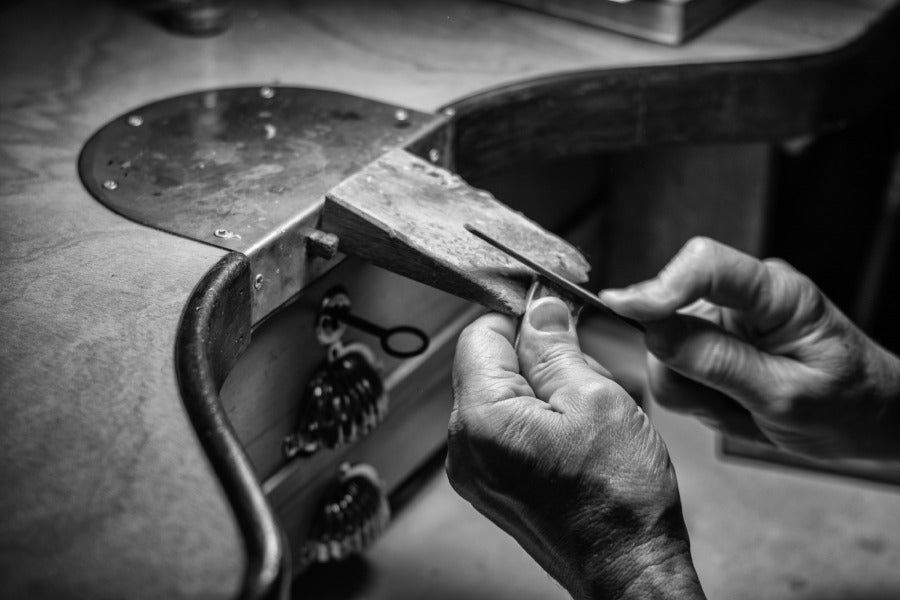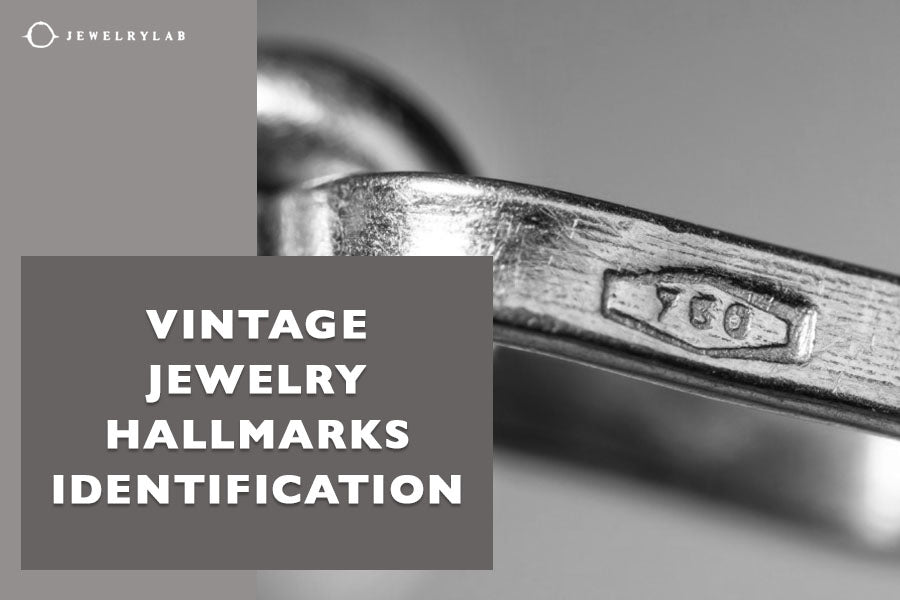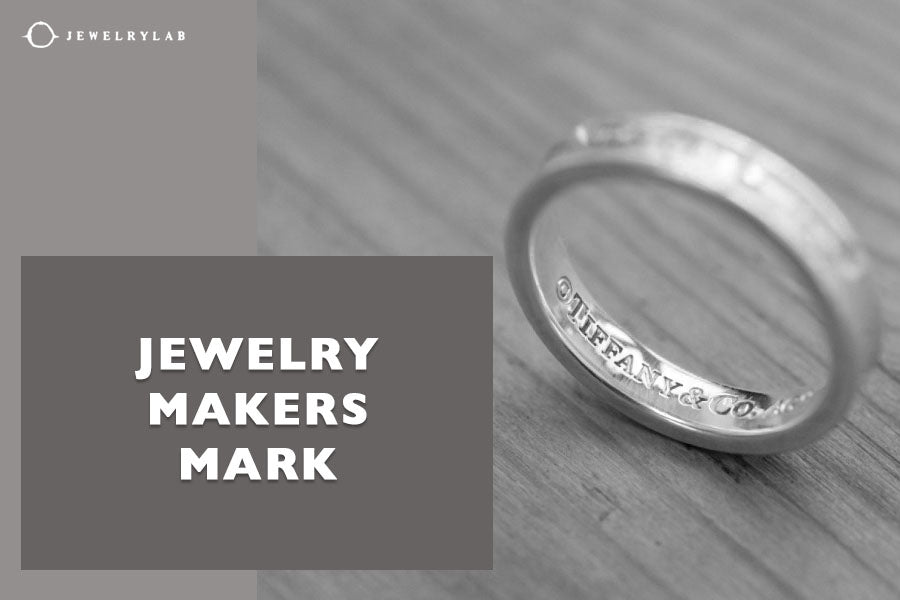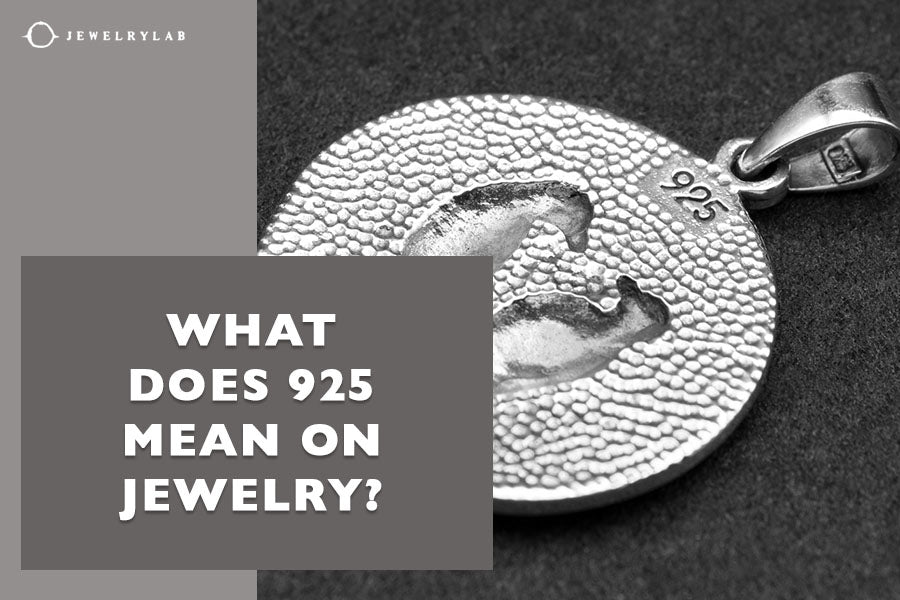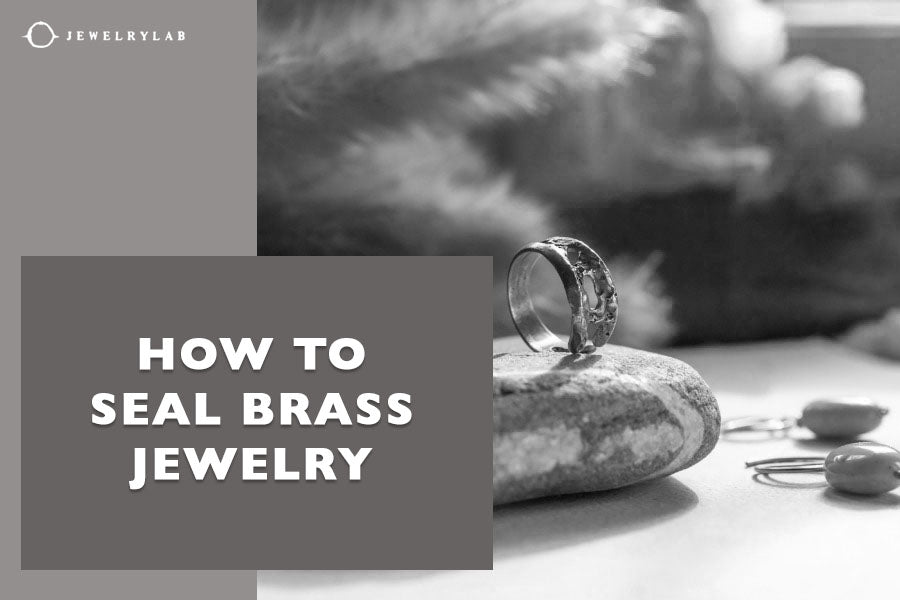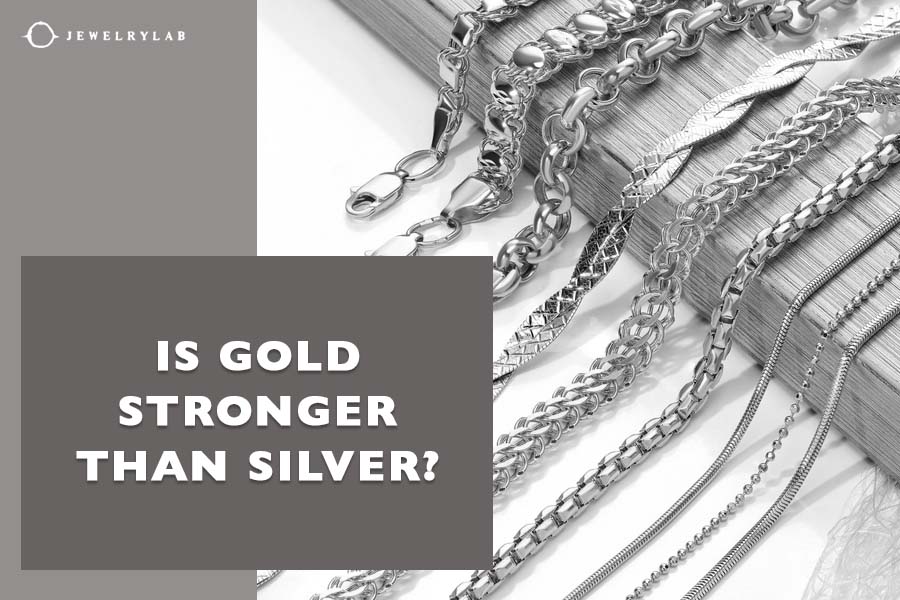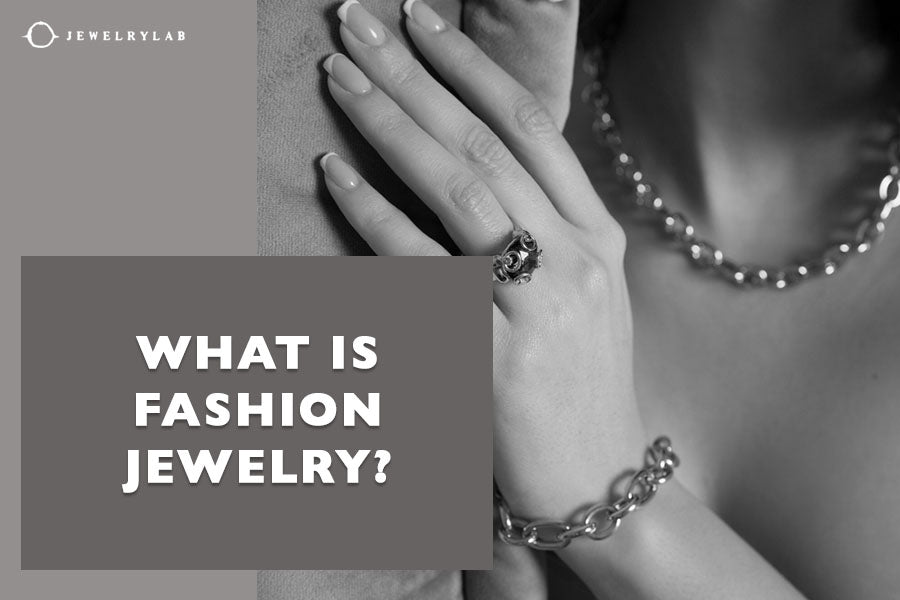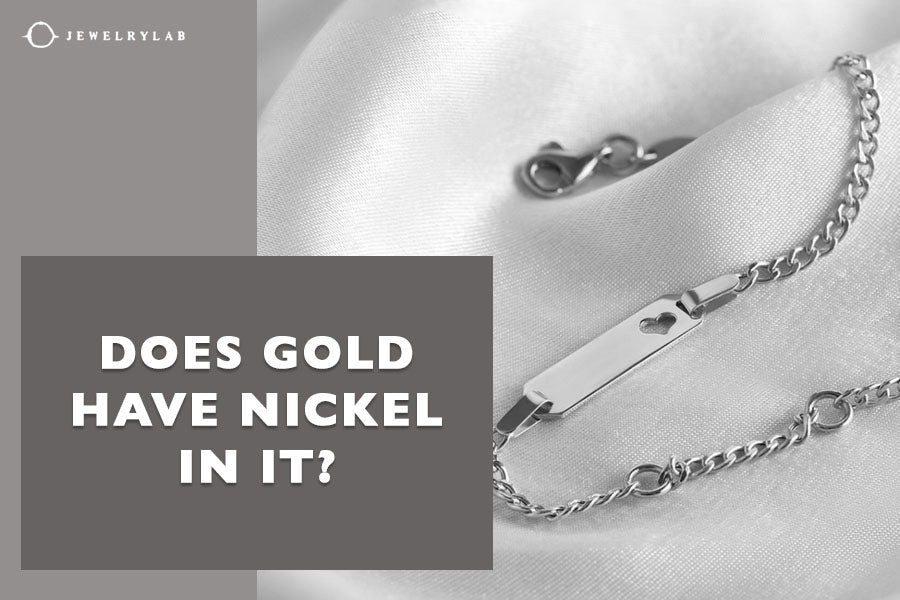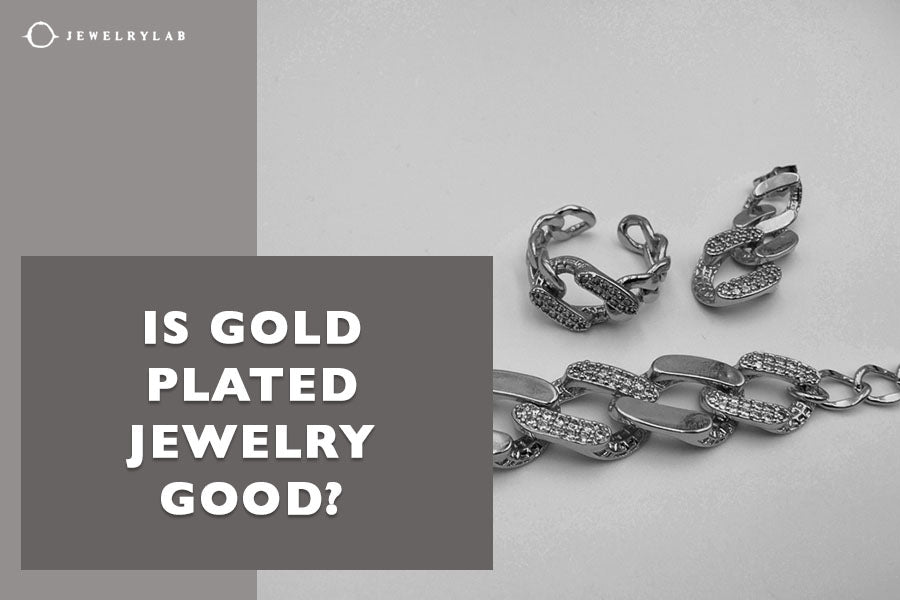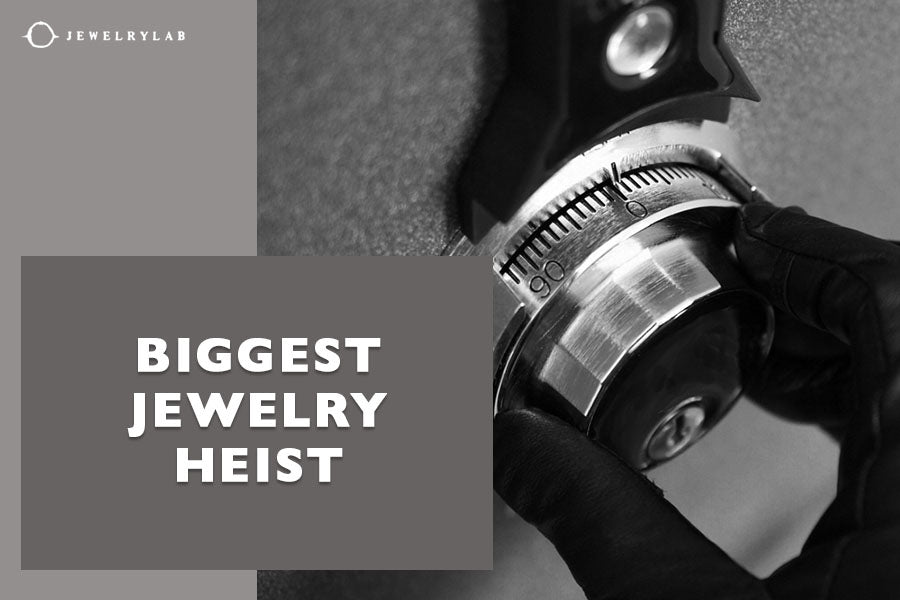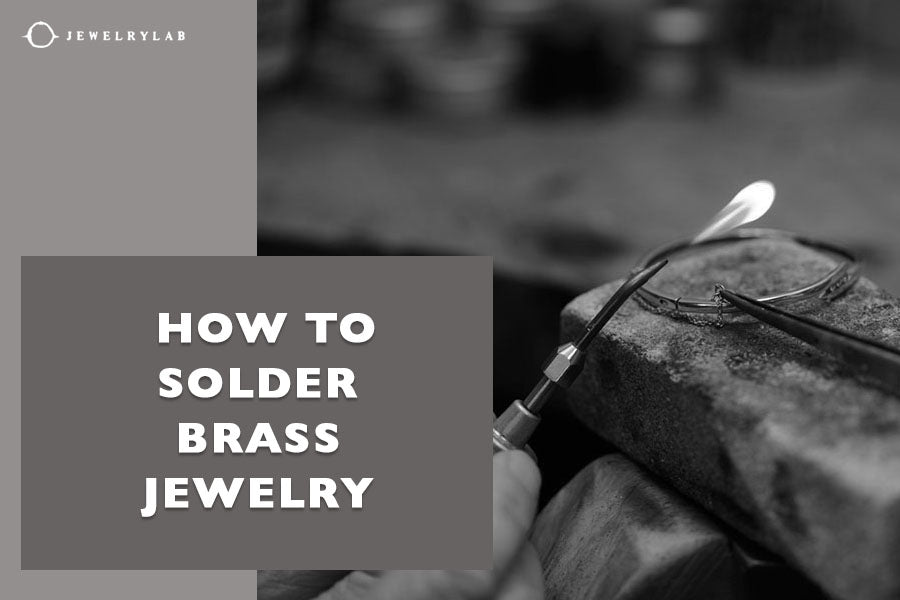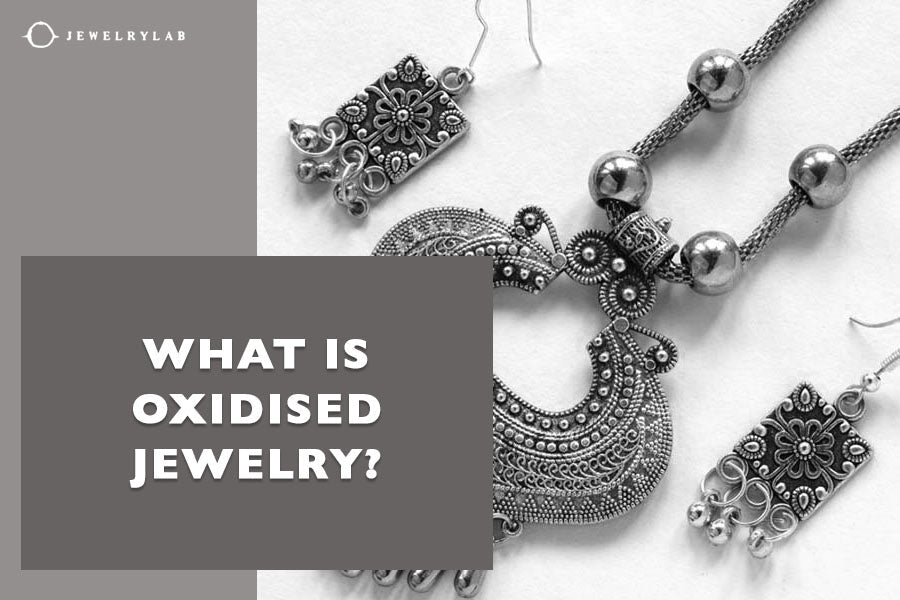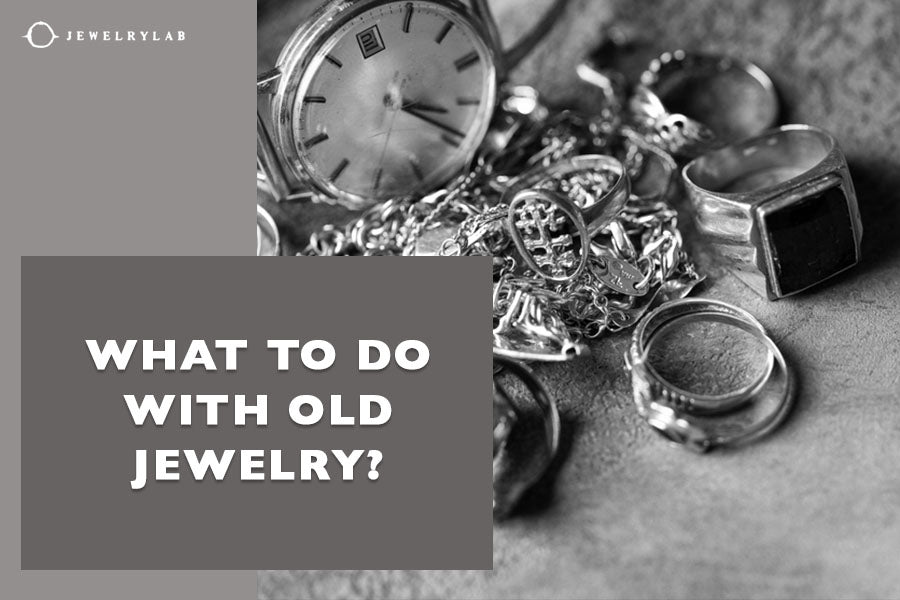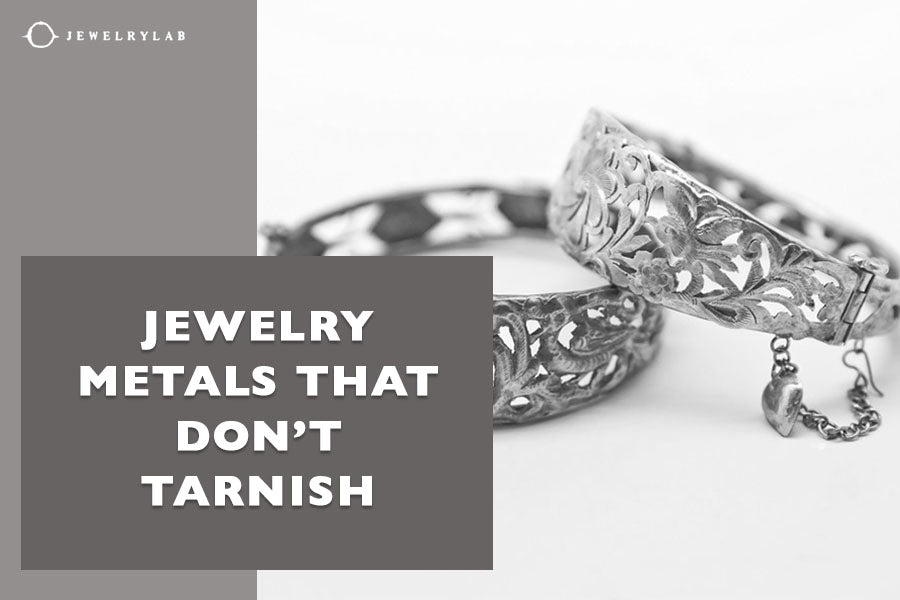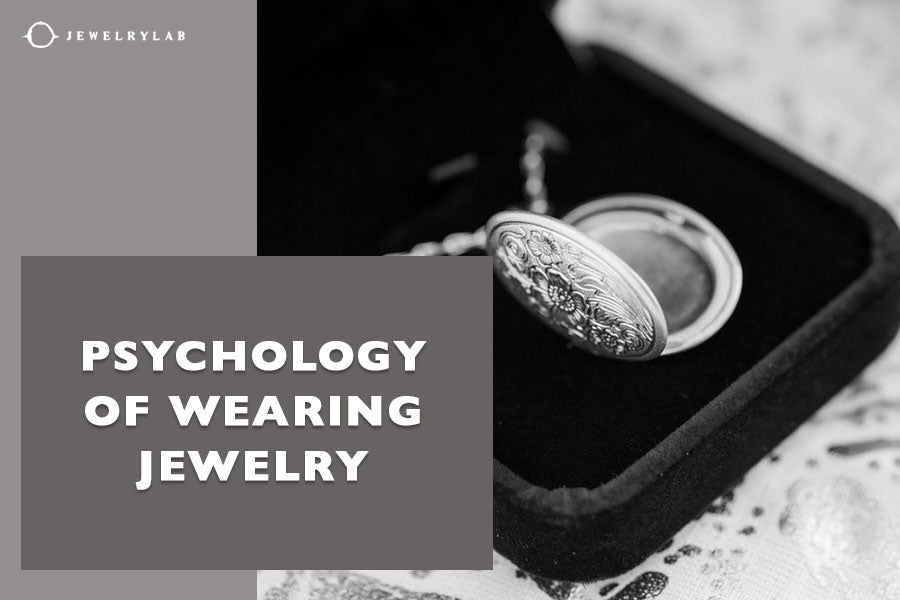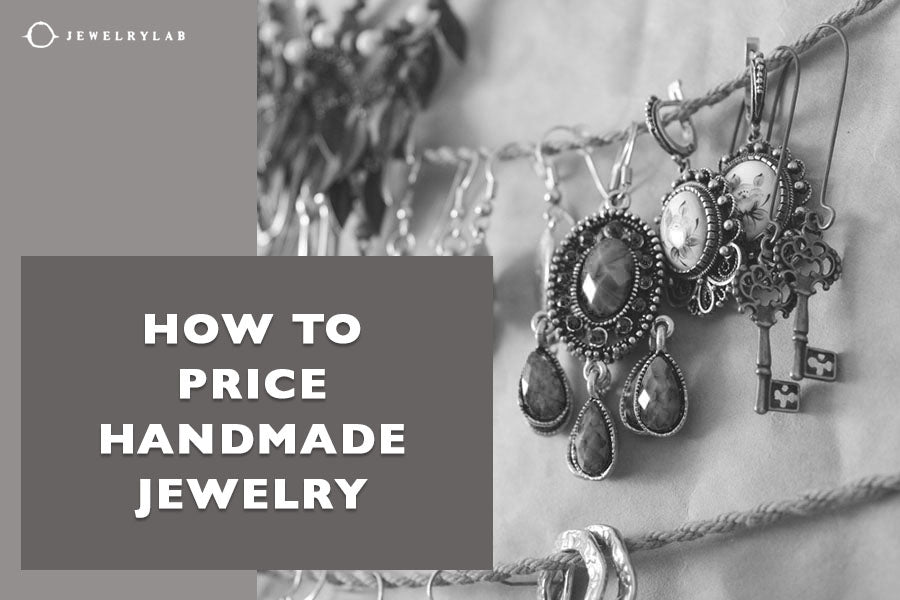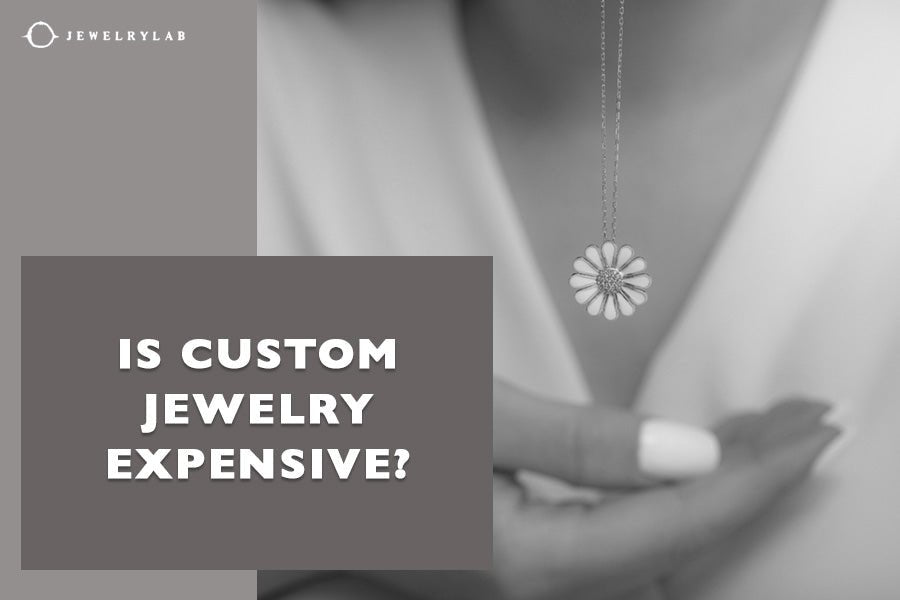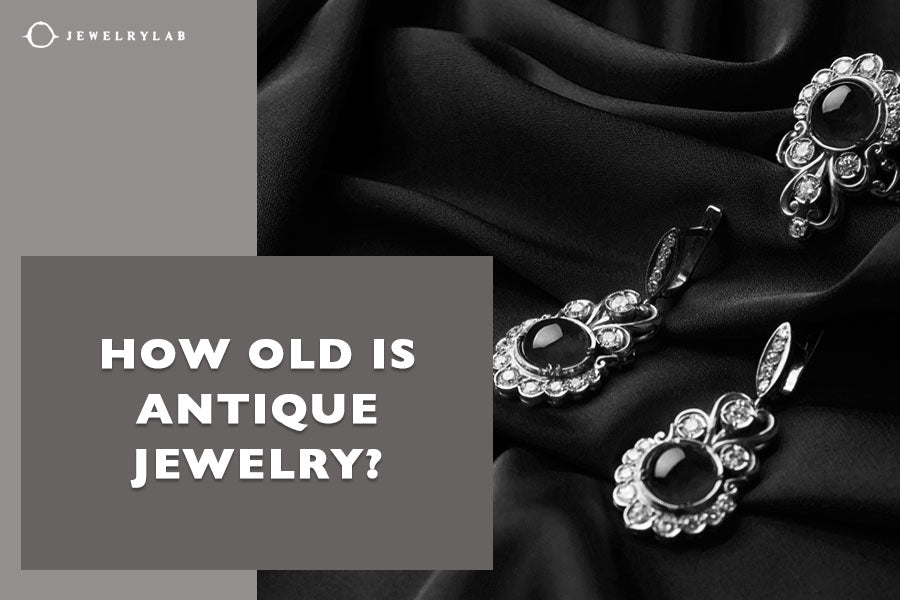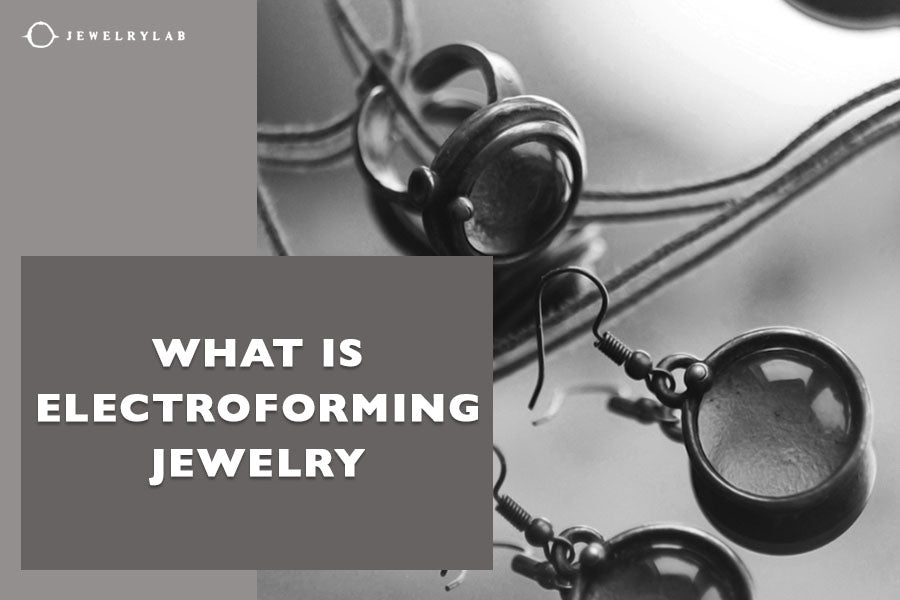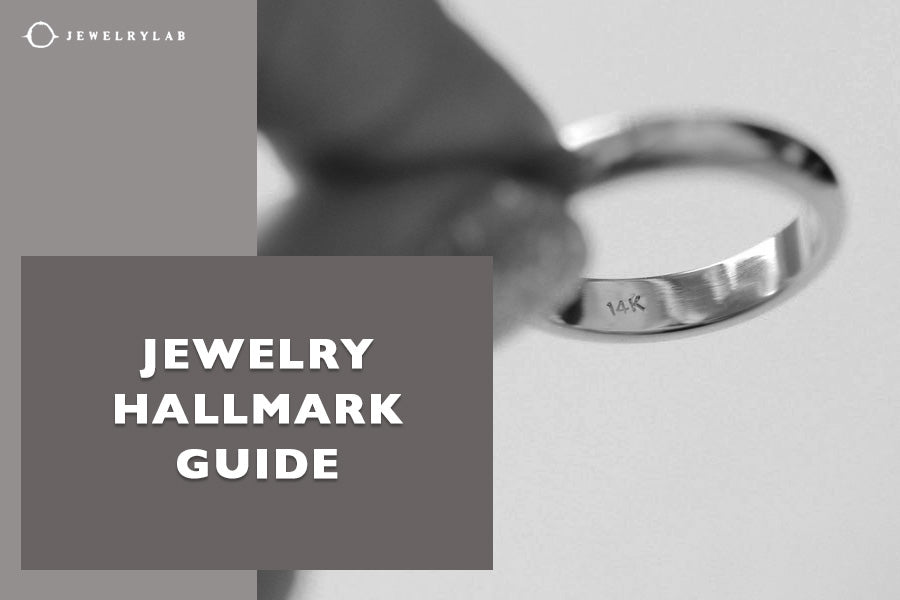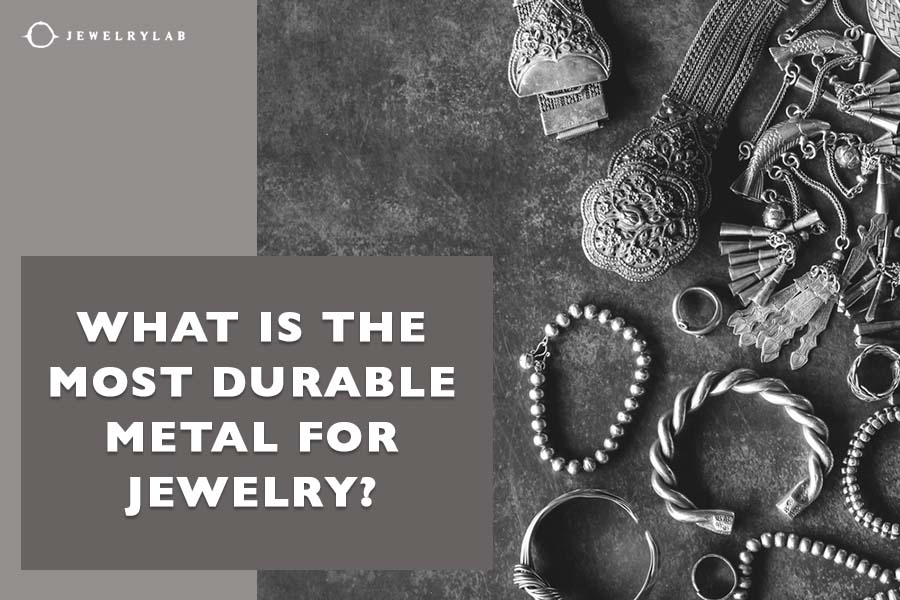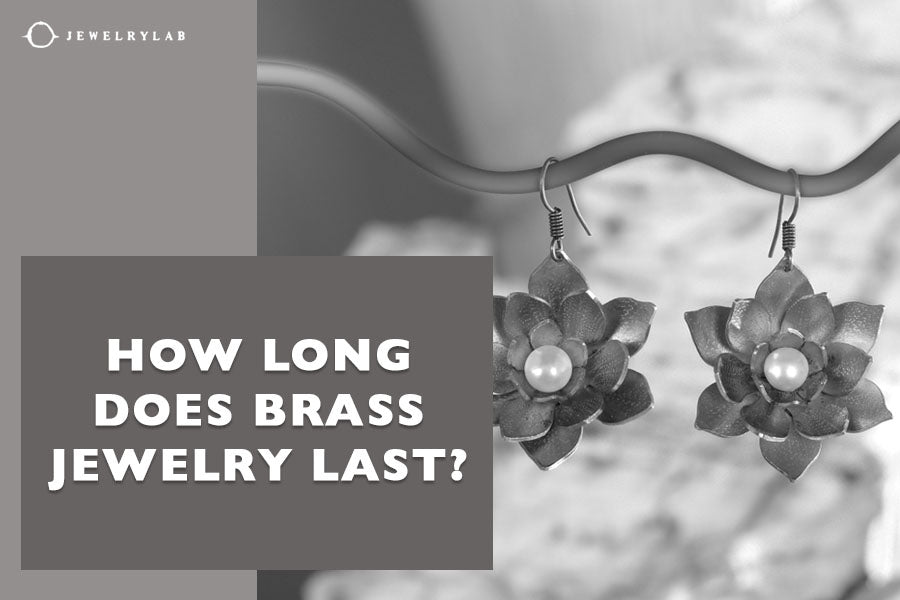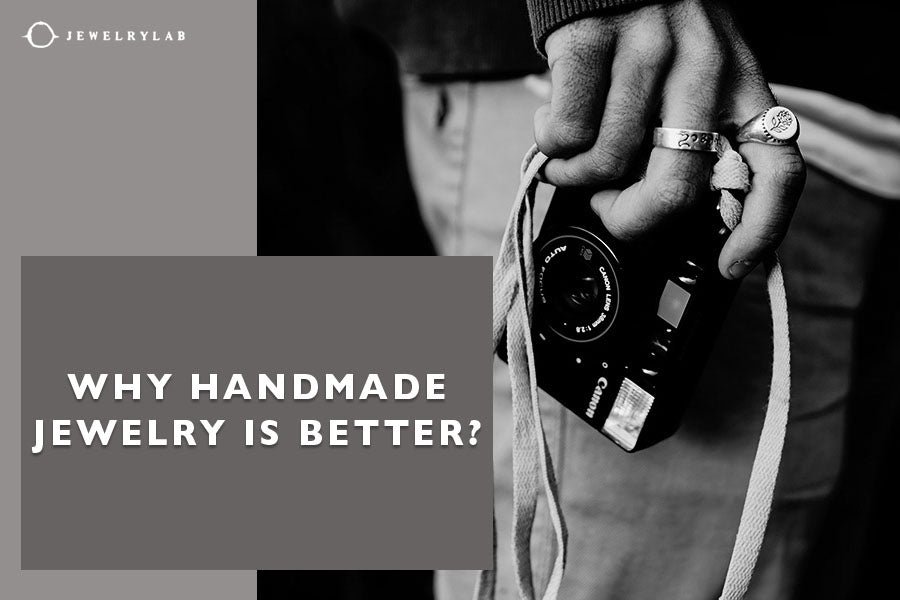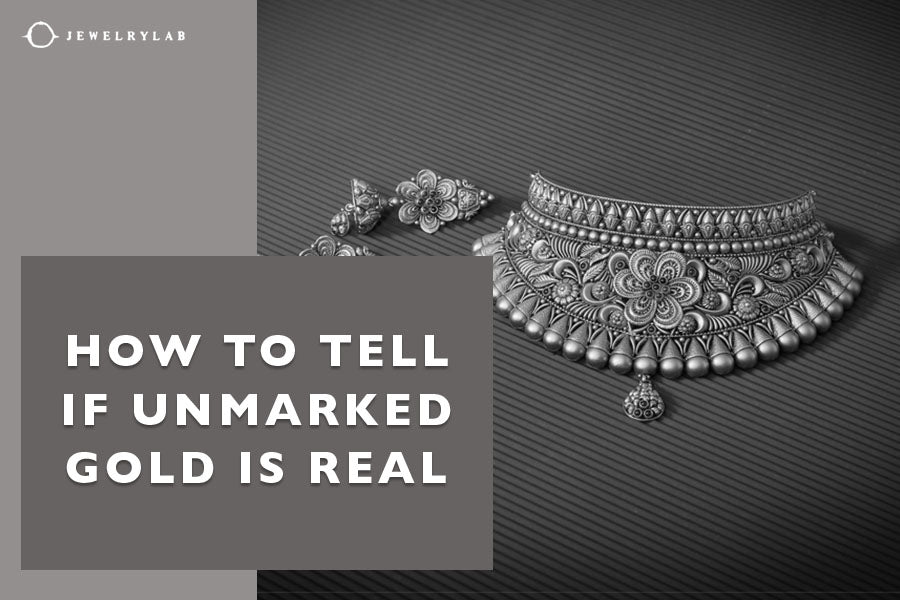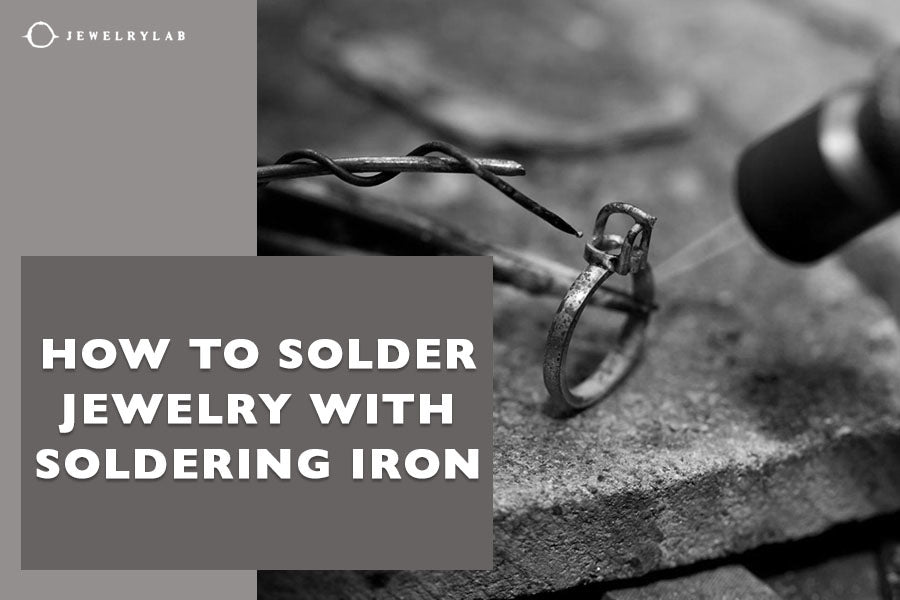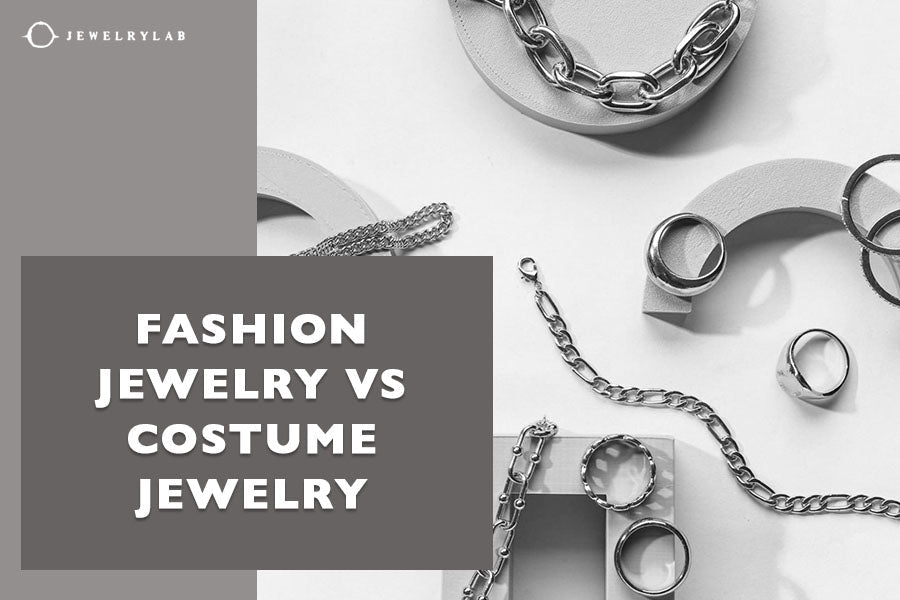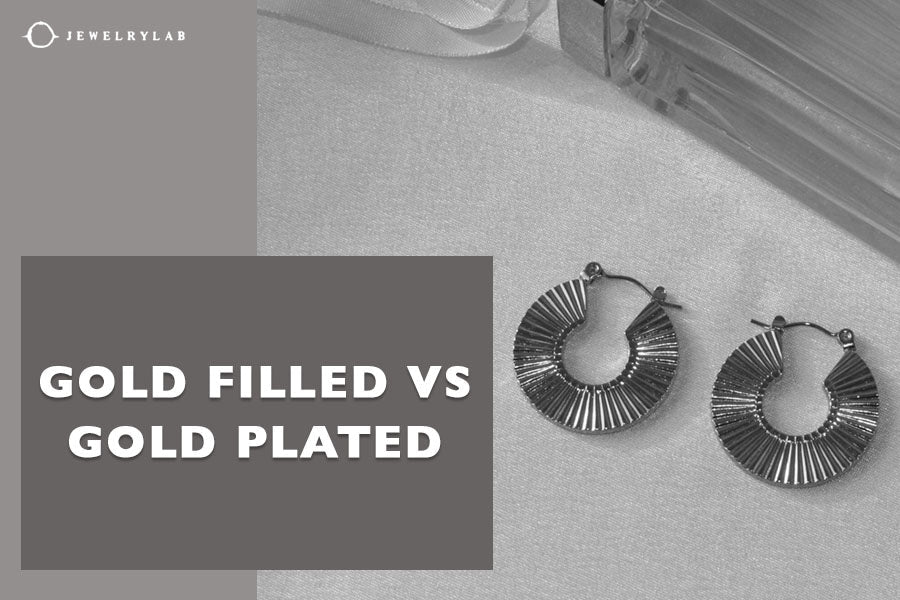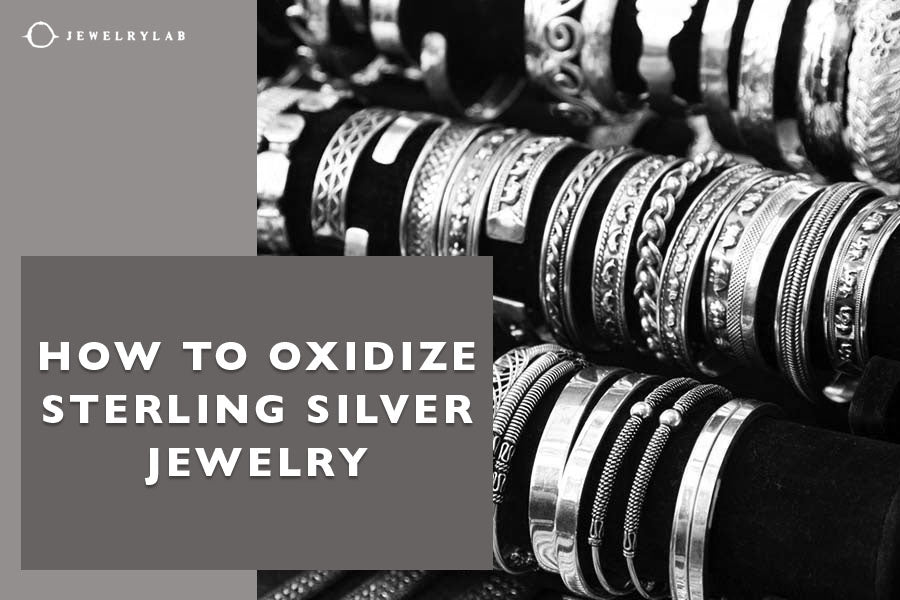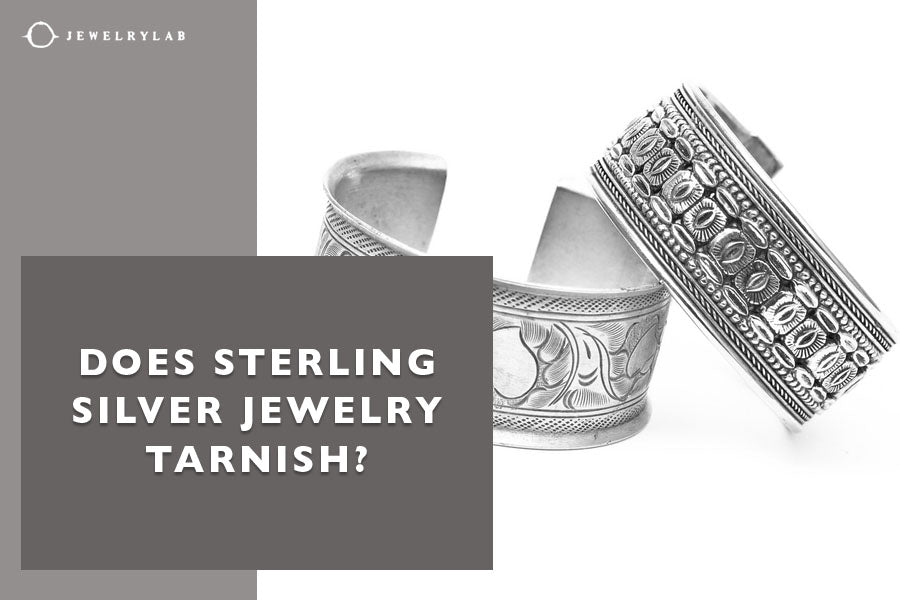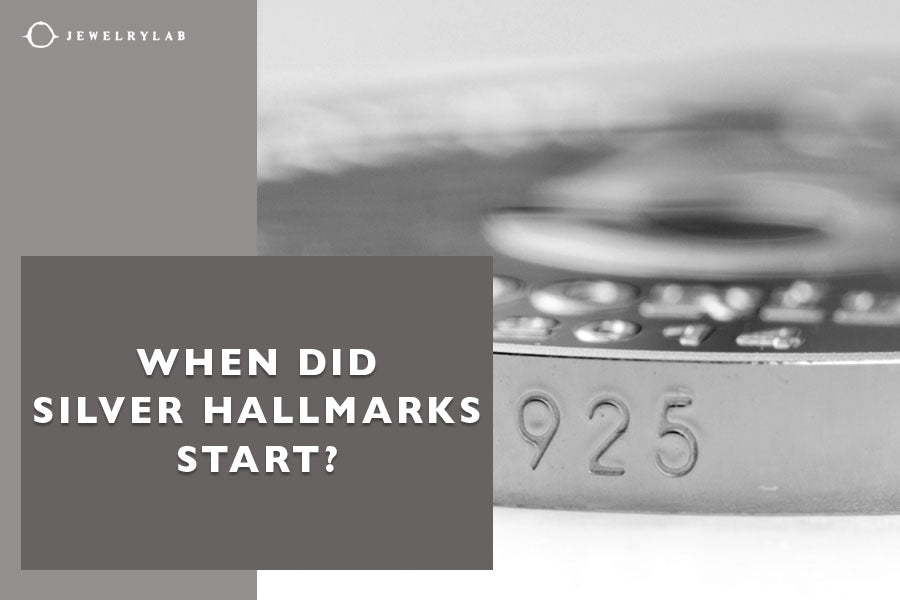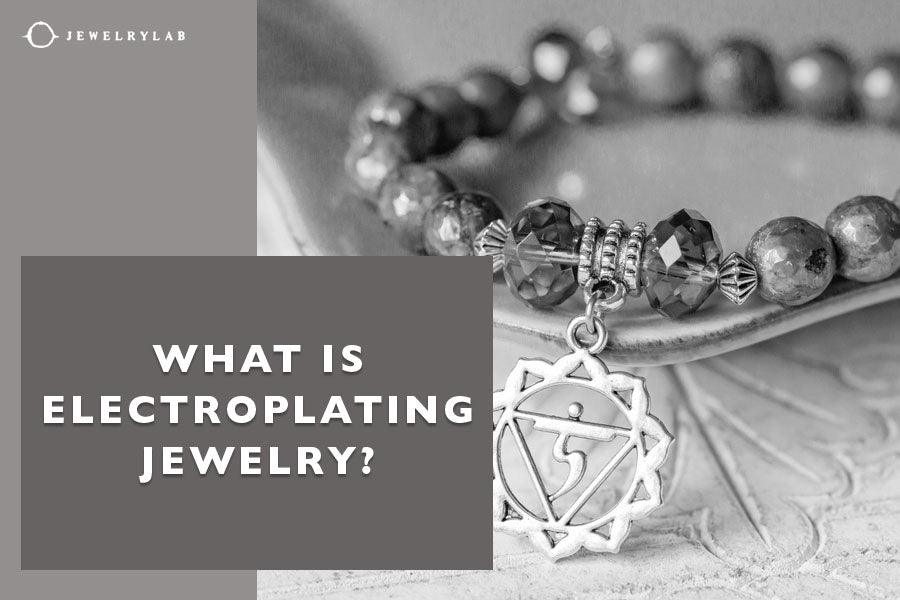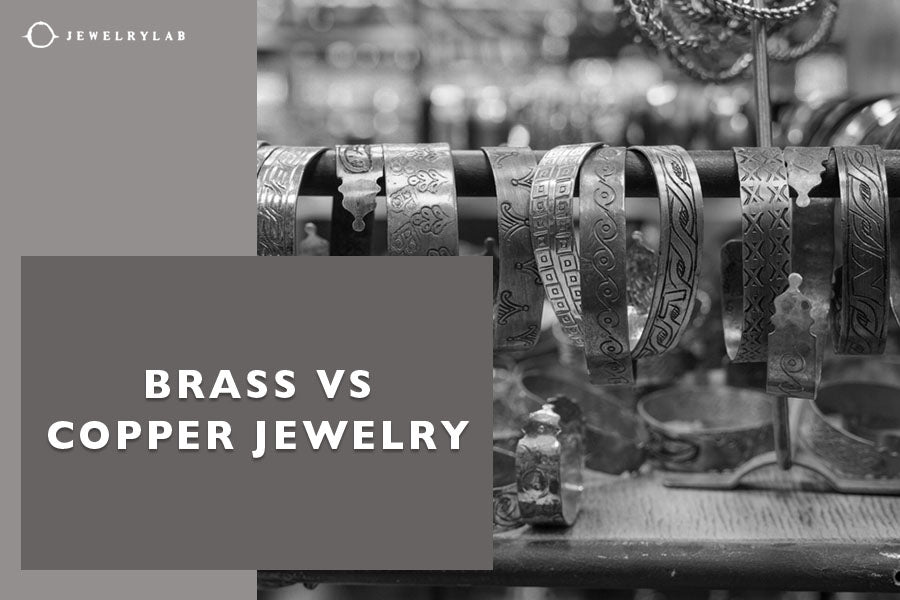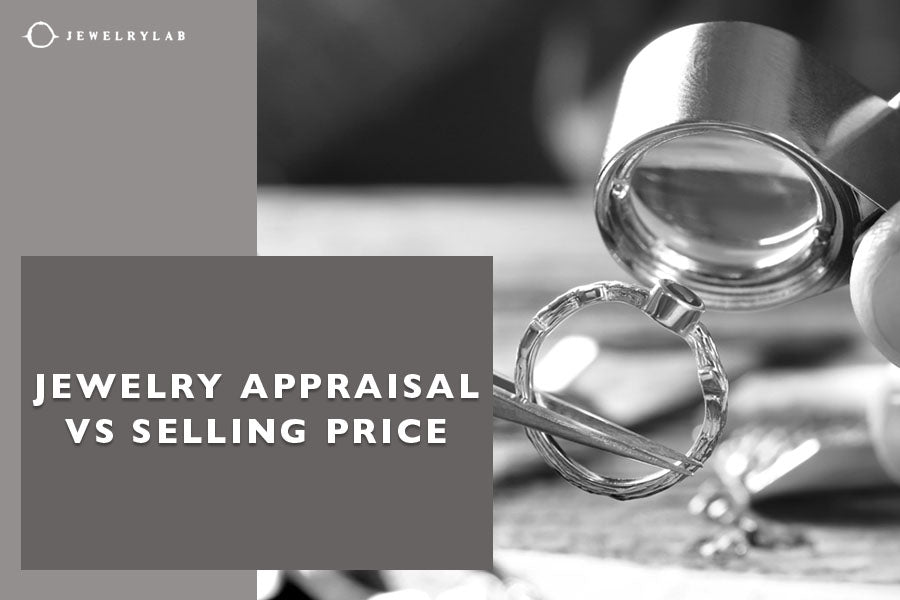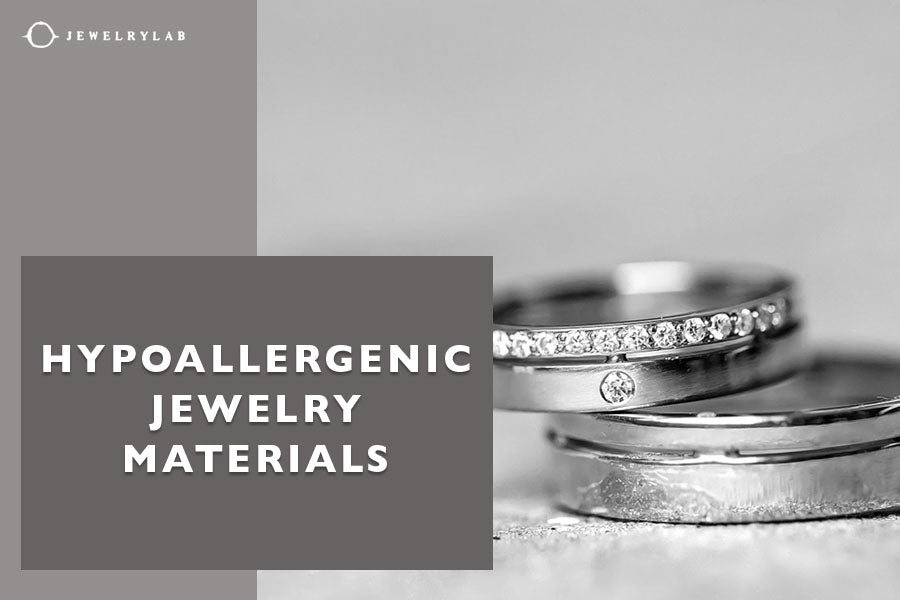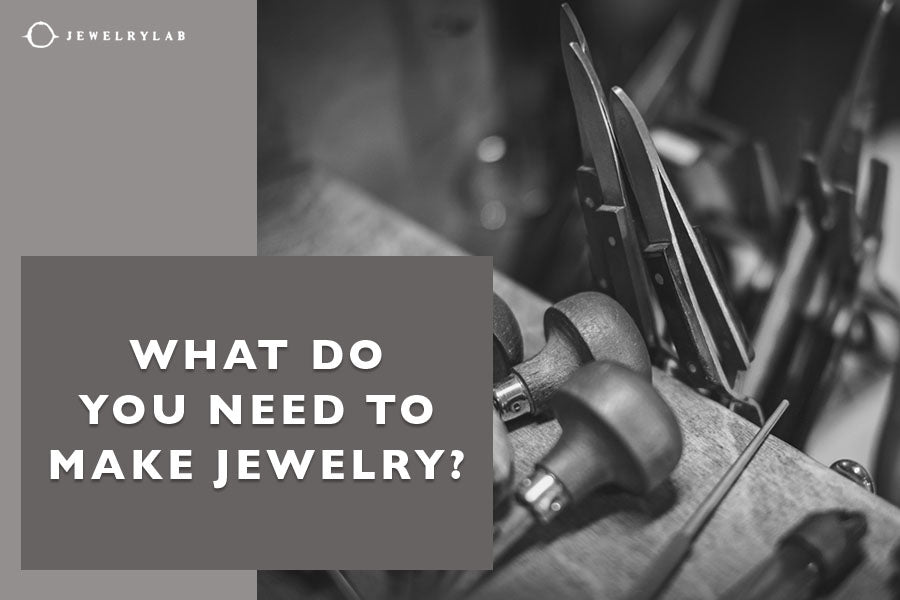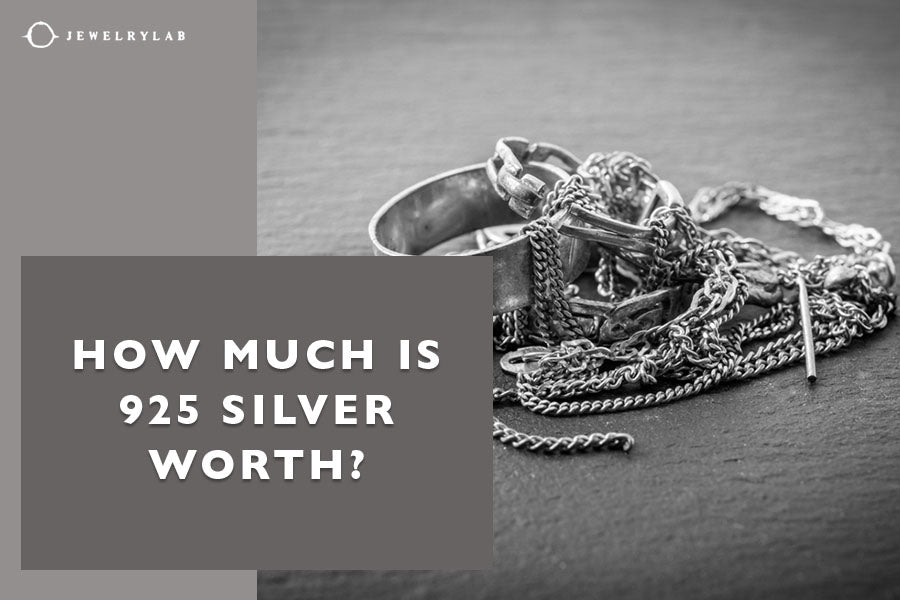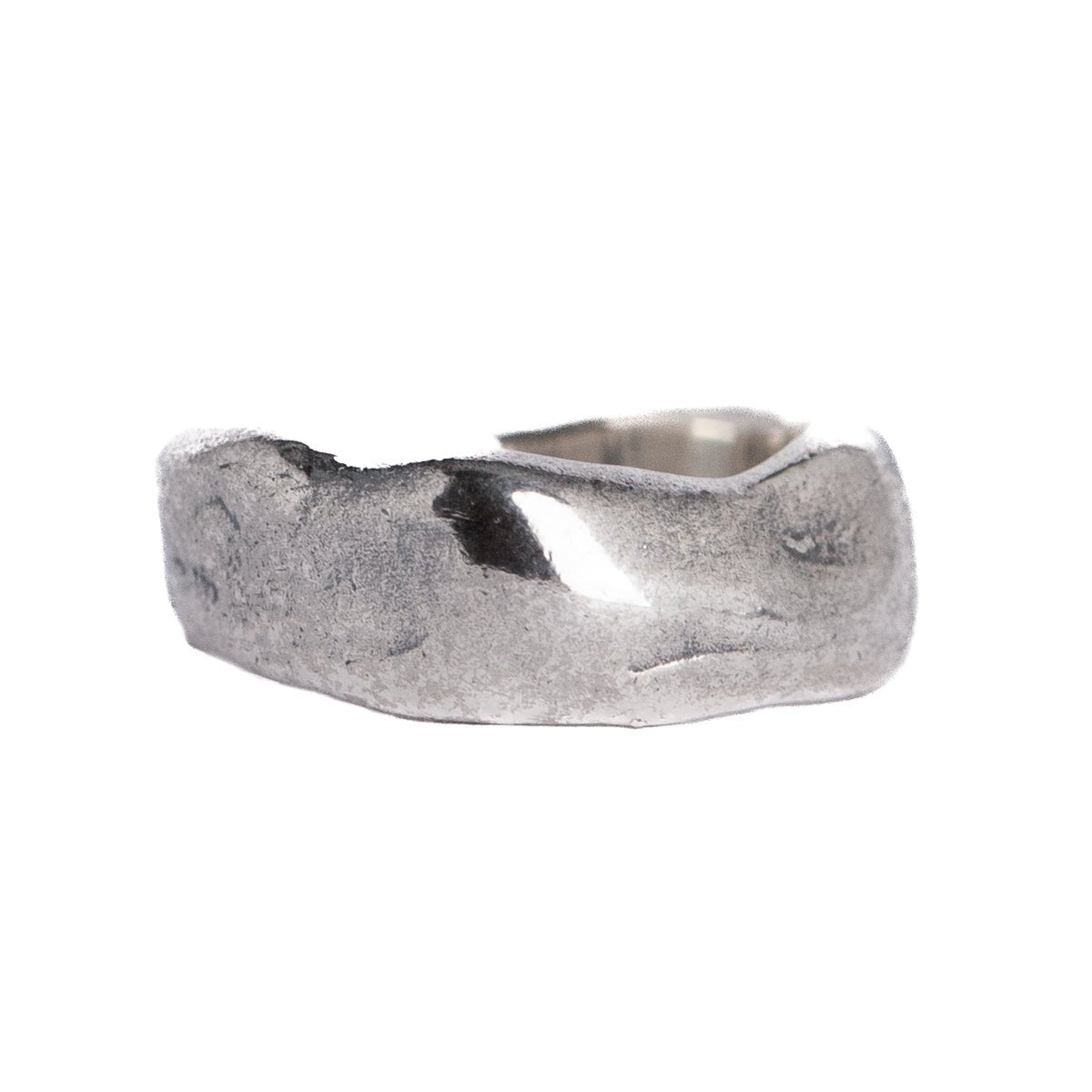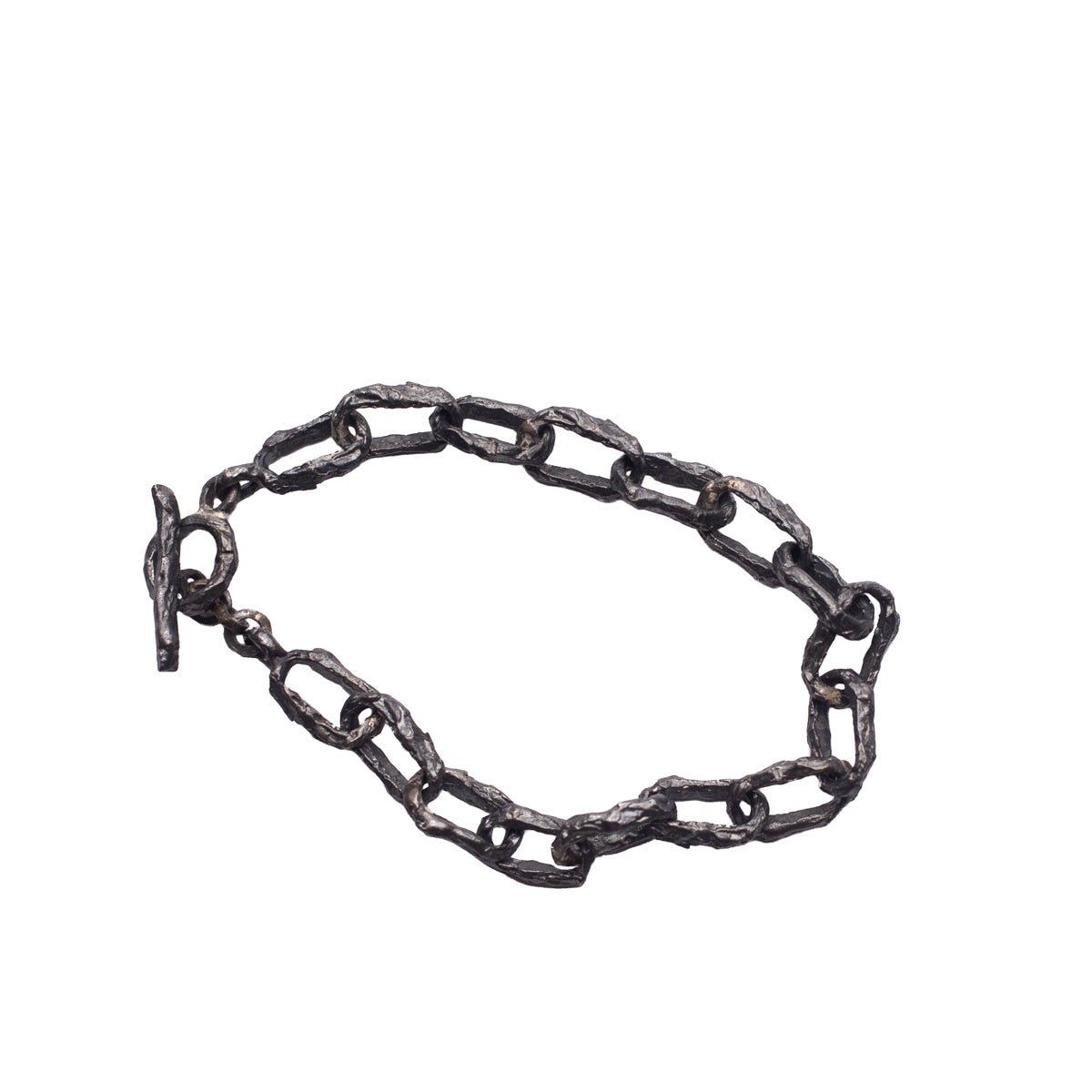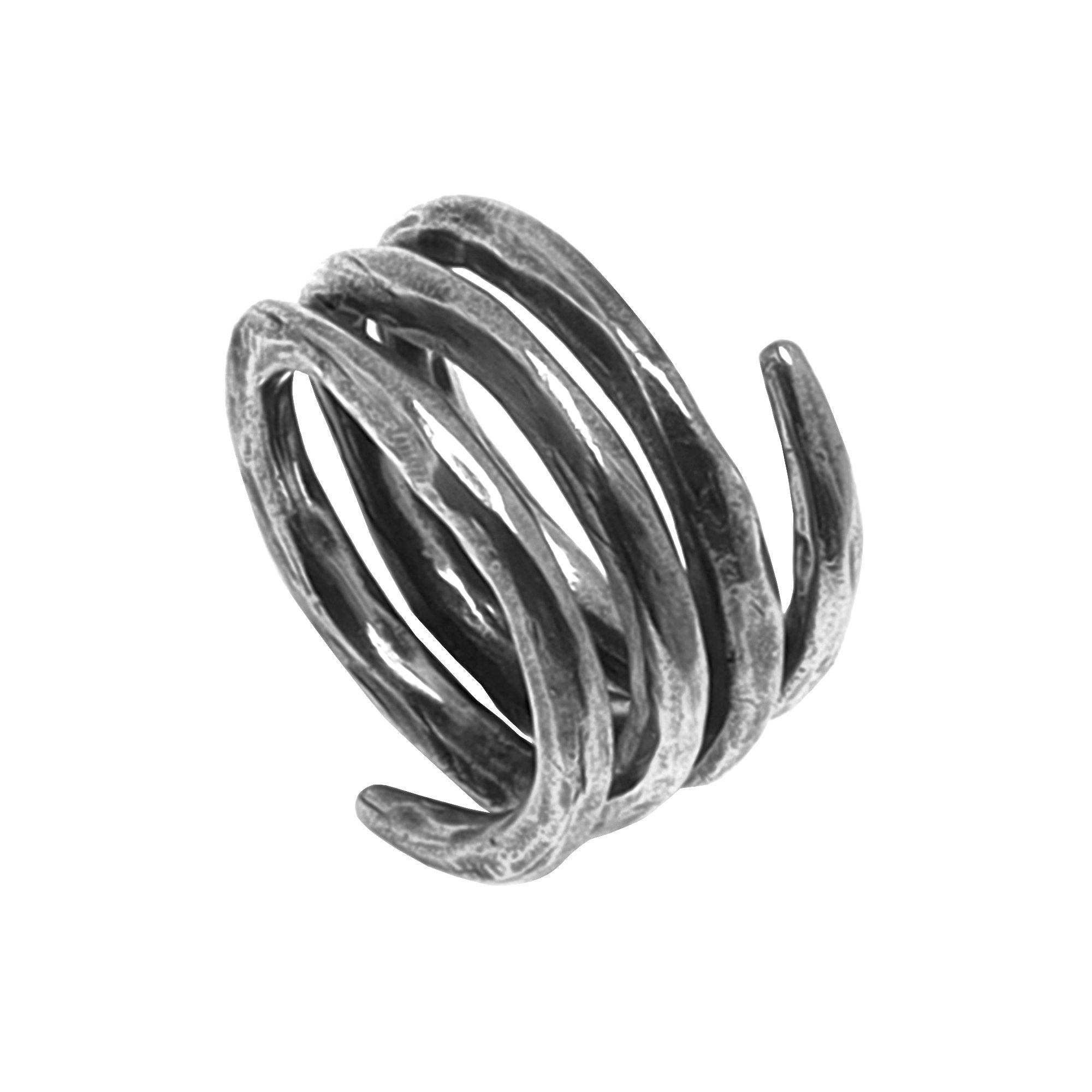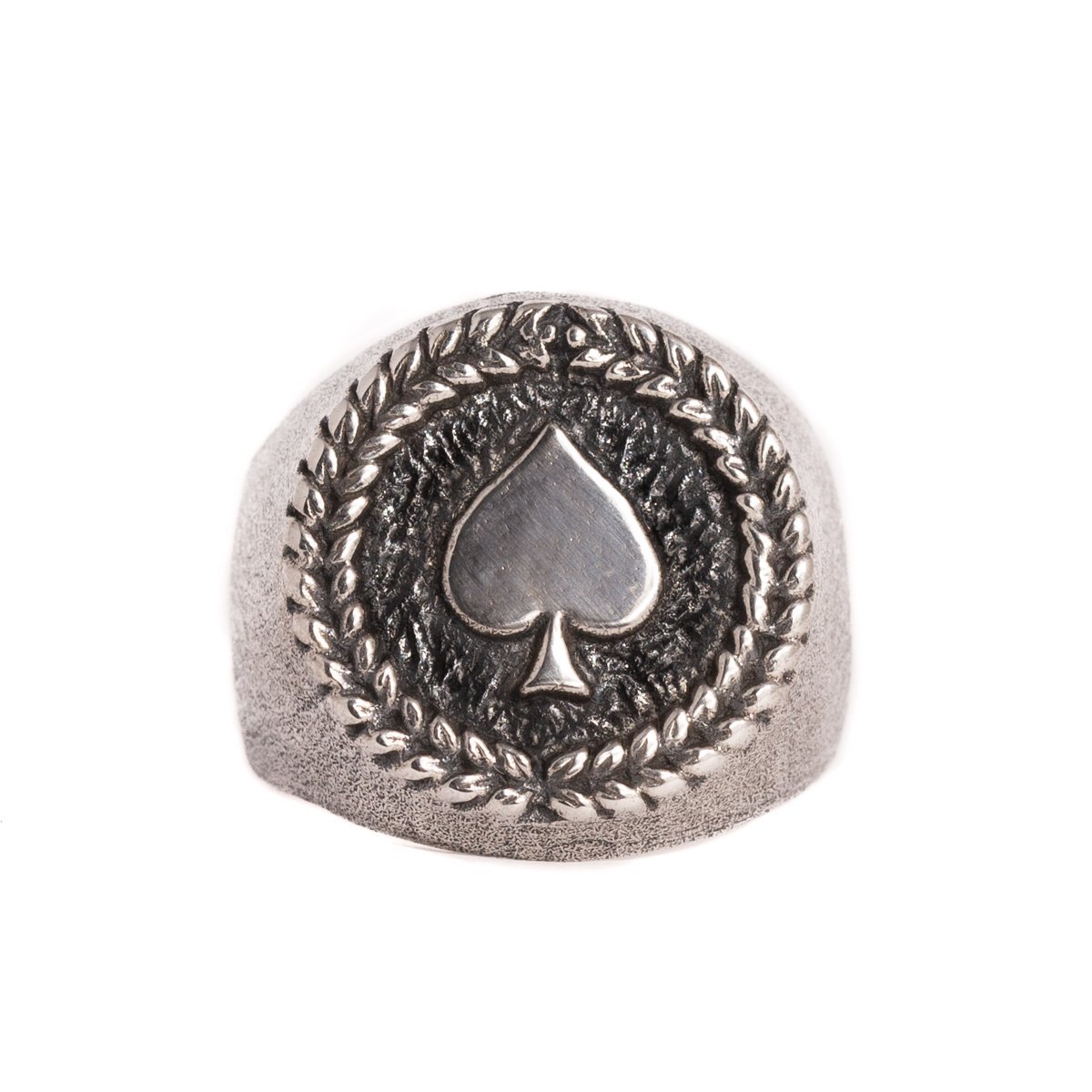by Jesús Zabala - 4 min read
Antique Jewelry Materials
Jewelry that is usually over 100 years old is considered antique. Such pieces have historical and artistic value from eras like the Georgian, Victorian, Edwardian, etc. The interest and value in antique jewelry materials come from their rarity, craftsmanship, and historical meaning. But what material is antique jewelry made of? What are the best materials?
Collectors value such jewelry materials because of their superior quality and complex, handcrafted details, often lacking in modern jewelry. Antique pieces can connect you to the past, reflecting the fashion and culture of that time.
So, we will explore the best materials as well as some alternative ones and techniques in antique jewelry. We will also discuss how to preserve them.
Let’s get started!
Precious Metals in Antique Jewelry
Gold is versatile, and it has timeless value. For centuries, it has been a symbol of wealth and status. Many countries and religions have transformed gold jewelry to suit different styles.
For example, Egyptians wore gold, usually in abundance, to show their wealth and power. Similarly, people in Ancient Greece believed that highly decorated golden pieces were a sign of hierarchy and a protective shield against evil. Ancient India also considered gold royal jewelry, and it was popular in Ancient China, too.
Similar to gold, silver has been a loved material in antique jewelry. Ancient civilizations, like the Greeks and Romans, used silver for complex designs because it was easy to work with. However, during the Renaissance, silver became popular in European jewelry, often decorated with gemstones and enamel.
Gemstones in Antique Jewelry
Diamonds
Although the most expensive, diamonds were the most common precious gemstones in antique jewelry. They symbolized power, wealth, love, and fearlessness.
Although diamonds have been used in jewelry since Ancient India, they also gained importance among European nobility throughout the Renaissance. Different eras had different diamond styles, from rose to geometric cuts like the emerald cut.

Colored gemstones
Antique jewelry is decorated with many colored gemstones, each holding a unique symbolic meaning. Sapphires, for instance, were a symbol of wisdom and royalty. Rubies represented passion and protection, yet there were times when they were considered superstitious because of their color - red like blood.
On the other hand, emeralds were associated with love and rebirth and cherished by the Ancient Egyptians and throughout the Georgian era. Amethysts were a symbol of protection and clarity, popular in Georgian and Victorian jewelry. Also, turquoise, as a symbol of healing, was used in Persian and Native American jewelry.

Alternative Materials and Techniques in Antique Jewelry
Enamel and filigree were outstanding techniques used in antique jewelry. Enameling involves fusing powdered glass onto metal surfaces, creating vibrant designs. This style, featuring colors and intricate patterns, was popular in Byzantine, Renaissance, and Art Nouveau jewelry.
Conversely, filigree is an ancient technique that shapes delicate metal into lace-like designs. It was widely popular in Etruscan, Georgian, and Victorian jewelry for its stunning pieces and artistic and historic value.
Organic Materials in Antique Jewelry
Pearls
Pearls are organic gems produced in pearl oysters. Due to their rarity and beauty, natural pearls have been valued in antique jewelry.
Many legends about the origin of pearls exist. While it is not known which legend is true, it is certain that many ancient civilizations used pearls as personal adornments.
In the Roman Empire, they were especially fashionable and prized that Julius Caesar passed a law limiting their wear to the ruling class. The discovery of many pearl oyster beds, such as those in the Persian Gulf and Gulf of Mannar, supplied Europe with these precious gems and put them among the favorite antique jewelry.

Ivory
Ivory originated from elephant tusks and has been used in jewelry for centuries. For example, Ancient Egyptians, Romans, and Greeks used ivory jewelry.
In the 18th and 19th centuries, ivory’s popularity surged in Europe, and it was often used for hair accessories. The material’s delicate nature made it ideal for carving fine details in different jewelry pieces.

Preservation and Appreciation of Antique Jewelry Materials
Vintage jewelry has historical value and a unique charm that can not be reproduced by modern pieces or costume jewelry. Yet, with time and wear and tear, antique jewelry can not stay the same without proper preservation.
Preserving antique jewelry is about maintaining its aesthetic appeal, historic value, and significance. We recommend careful and regular cleaning and care.
To prevent jewelry damage, we advise avoiding harsh chemicals and abrasive cleaning methods. It is best to use mild soap, a soft brush, and water to clean your jewelry. Antique jewelry materials should be preserved because they are cultural heritage across generations.
Conclusion
Antique jewelry refers to century-old pieces. Antique jewelry materials are prized because they are rare and hold historic value. Gold and silver were the most common jewelry materials across the centuries, symbolizing power, status, wealth, and protection against evil.
Yet diamonds, colored gemstones, filigree, and enamel should not be overlooked, as each has outstanding features and appearance and was loved in different epochs. Regarding organic materials for antique jewelry, pearls and ivory were the most common.
Remember, if you have antique jewelry, it is best to care for it properly so that you can pass it on to future generations. Let your antique jewelry sparkle!
-
DESIGNED & HANDMADE IN BALI
-
FREE RESIZING FOR EVERY PIECE
-
FREE SHIPPING ON $150+ ORDERS
-
100% SAFE & SECURE CHECKOUT

